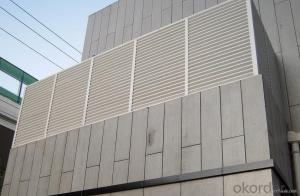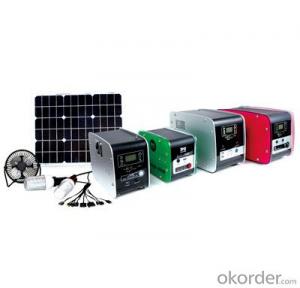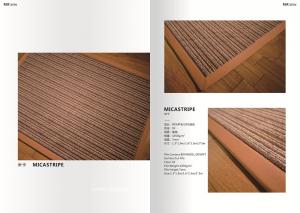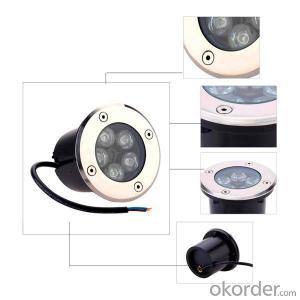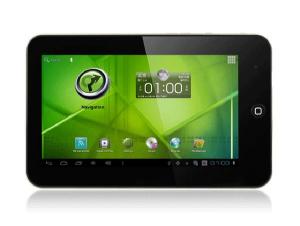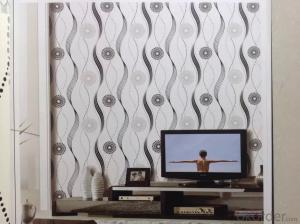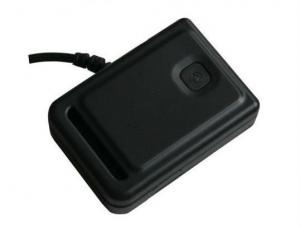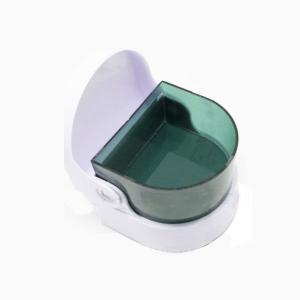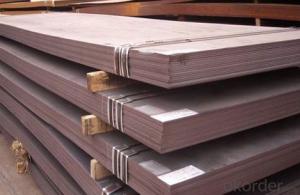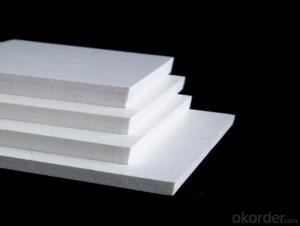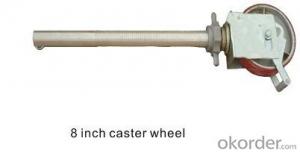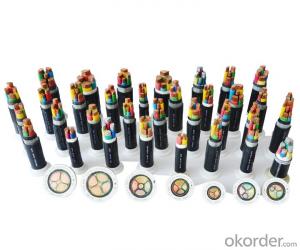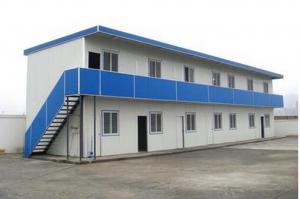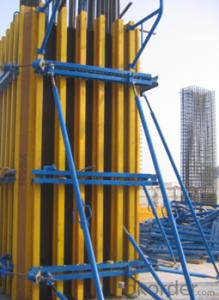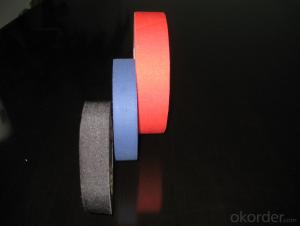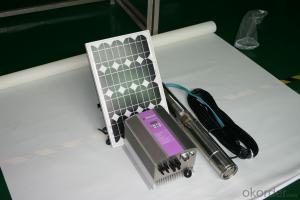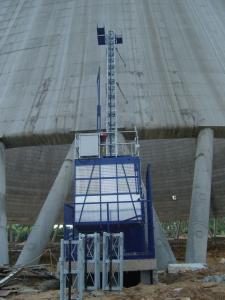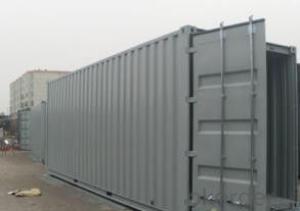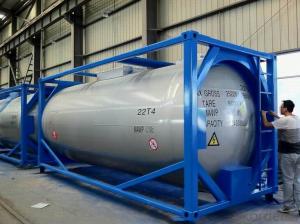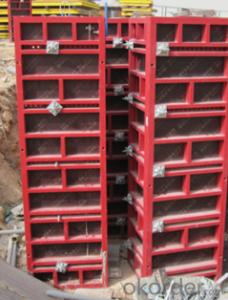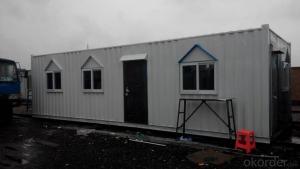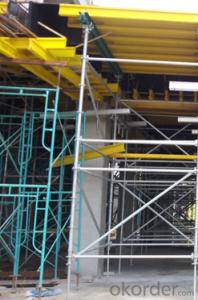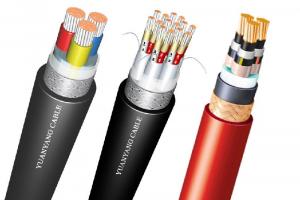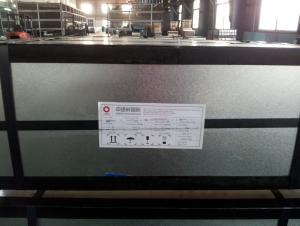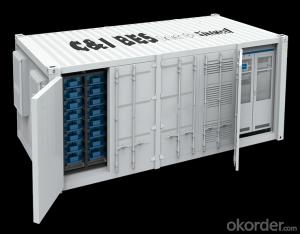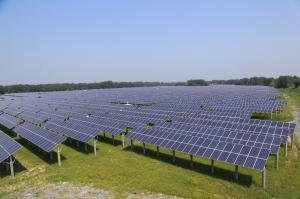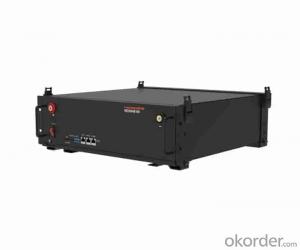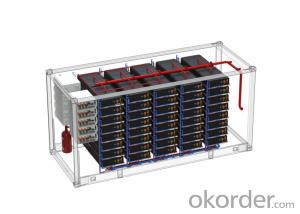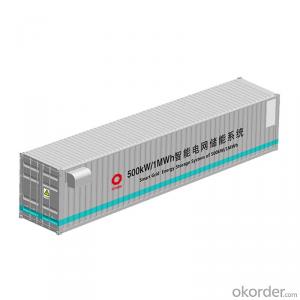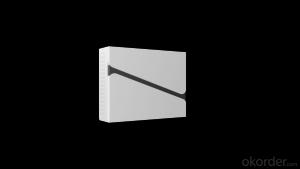Power Systems Free Shipping
Power Systems Free Shipping Related Searches
Solar Power Inverter System Best Solar Inverter Generator Solar Power Inverter Portable Inverter Solar Generator Solar Generator Inverter Best Shipping Tape Power Systems Free Shipping Handheld Power Generator Portable Generator EnclosureHot Searches
Steel Mesh Panels For Sale Stainless Steel Tank For Sale Stainless Steel Sheets For Sale Cheap High Tea Sets For Sale Stainless Steel Tanks For Sale Stainless Steel For Sale High Density Fiberboard For Sale Solar Hot Water Collectors For Sale Scaffolding For Sale In Uae Scaffolding For Sale In Ireland Scaffolding For Sale In Houston Price Of Shipping Containers For Sale Used Solar Inverter For Sale Portable Led Signs For Sale Stone Hot Water Bottles For Sale Aluminum Coil Stock For Sale Large Led Screens For Sale Aluminum Gutter Coil For Sale Used Aluminum Scaffolding For Sale 1/4 Aluminum Plate For SalePower Systems Free Shipping Supplier & Manufacturer from China
Okorder.com is a professional Power Systems Free Shipping supplier & manufacturer, offers integrated one-stop services including real-time quoting and online cargo tracking. We are funded by CNBM Group, a Fortune 500 enterprise and the largest Power Systems Free Shipping firm in China.Hot Products
FAQ
- Yes, solar energy systems can be used in areas with high levels of humidity. While humidity can affect the performance of solar panels to some extent, it does not render them ineffective. Solar panels are designed to withstand various weather conditions, including high humidity. However, it is important to note that excessive humidity may reduce the efficiency of solar panels slightly, but they will still generate electricity.
- Yes, solar energy systems can be used in areas with limited sunlight hours. While it is true that solar panels produce the most energy when they are exposed to direct sunlight, advancements in technology have made it possible for solar systems to still generate electricity even in areas with limited sunlight. One way to address the issue of limited sunlight hours is by installing solar panels that are more efficient at capturing and converting sunlight into electricity. These high-efficiency solar panels can maximize the energy production even in areas with less sunlight. Additionally, the use of tracking systems that tilt and follow the sun's path throughout the day can also help increase the energy output. Another approach is to store excess energy generated during peak sunlight hours in batteries. This stored energy can then be used during periods of low sunlight, allowing the solar system to continue powering homes or businesses even when the sun is not shining. Moreover, the integration of solar power with other renewable energy sources, such as wind or hydroelectric power, can help compensate for limited sunlight hours. By combining different sources, a more reliable and consistent energy supply can be achieved. Overall, while limited sunlight may affect the energy production of solar systems, there are various technological solutions and strategies that can be implemented to make solar energy viable even in areas with fewer sunlight hours.
- Dust storms can have a negative impact on solar panels as they can reduce the panels' efficiency by blocking sunlight and reducing the amount of energy they can generate. The accumulation of dust on the panels can also lead to overheating, which can further decrease their performance and potentially damage the panels if not cleaned regularly.
- Yes, solar energy systems can definitely be used in powering greenhouses or nurseries. Solar energy is a renewable and sustainable source of power that can be harnessed through the use of solar panels. These panels convert sunlight into electricity, which can then be used to power various devices and systems within a greenhouse or nursery. The use of solar energy in these settings offers several benefits. First and foremost, it helps reduce reliance on non-renewable energy sources such as fossil fuels, which contribute to greenhouse gas emissions and climate change. By using solar power, greenhouse and nursery owners can significantly reduce their carbon footprint and contribute to a cleaner and greener environment. Solar energy systems are also cost-effective in the long run. While the initial installation costs may be higher compared to traditional energy sources, solar panels have a long lifespan and require minimal maintenance. Once installed, they can generate electricity for decades, providing a reliable and consistent source of power for the greenhouse or nursery. This can lead to significant energy savings over time, helping to offset the initial investment. Furthermore, solar energy systems can be designed to meet the specific energy needs of greenhouses and nurseries. These facilities often require a consistent and reliable source of electricity for various functions, such as lighting, heating, ventilation, and irrigation systems. Solar panels can be installed in a way that maximizes energy production and ensures a steady supply of power throughout the day, even during periods of low sunlight. In addition to powering the facility, solar energy systems can also be used to store excess electricity in batteries. This stored energy can be utilized during cloudy days or at night when sunlight is not available, ensuring uninterrupted power supply to the greenhouse or nursery. Overall, solar energy systems are a viable and sustainable solution for powering greenhouses and nurseries. They offer environmental benefits, cost savings, and a reliable source of electricity, making them an attractive choice for those in the agricultural industry.
- A solar battery, also known as a solar energy storage system or solar storage battery, is a device that stores electrical energy generated by solar panels for later use. It is an essential component in solar power systems, as it allows the excess electricity produced during the day to be stored and used during periods of low or no sunlight, such as at night or on cloudy days. Solar batteries work by converting the direct current (DC) electricity produced by solar panels into alternating current (AC) electricity, which can be used to power household appliances and devices. They store this energy in chemical form, typically using different types of rechargeable batteries such as lithium-ion or lead-acid batteries. The stored energy can be used at any time, providing a reliable and continuous supply of electricity even when sunlight is not available. This is particularly beneficial for residential and commercial applications, as it helps to reduce reliance on the grid and allows for greater energy independence. In addition to providing backup power, solar batteries can also help optimize the utilization of solar energy. By storing excess electricity during periods of high production and discharging it during times of high demand, solar batteries can help to maximize the self-consumption of solar energy and minimize reliance on the grid. This can result in significant cost savings and increased efficiency for solar power system owners. Overall, solar batteries play a crucial role in enabling the efficient and reliable use of solar energy. They provide a sustainable and environmentally friendly solution for storing and utilizing solar power, contributing to the growth of renewable energy and reducing dependence on fossil fuels.
- Yes, solar energy systems can definitely be used to power retirement homes or assisted living facilities. Solar panels can be installed on the roofs or in open spaces of these facilities to capture sunlight and convert it into electricity. This renewable energy can then be used to power various amenities such as lighting, heating, cooling, and appliances, reducing their reliance on traditional power sources and lowering energy costs. Additionally, solar energy systems are environmentally friendly and sustainable, aligning with the growing trend of integrating green solutions in retirement homes and assisted living facilities.
- Yes, solar energy systems can be used to power emergency response systems. Solar panels can generate electricity from sunlight, which can be stored in batteries for use during emergencies when the grid is down. This makes solar energy a reliable and sustainable source of power for critical emergency response equipment such as communication devices, lighting, and medical equipment. Additionally, solar energy systems can be easily deployed in remote areas or disaster-stricken regions, providing immediate power for emergency operations.
- Areas with limited access to sunlight due to shading from nearby buildings or structures can still utilize solar energy systems, albeit with potential efficiency implications. It is crucial to evaluate the degree of shading and its impact on the solar panels' electricity generation capabilities. In cases where shading is minimal and temporary, such as when shadows are cast during specific times of the day, solar energy systems can remain feasible. However, if shading persists throughout the day and covers a significant portion of the panels, it can substantially diminish the system's overall energy output. To mitigate the effects of shading, several options are available. One alternative is to optimize the placement of solar panels to maximize exposure to sunlight. This can be achieved by adjusting the panels' tilt angle and orientation or implementing tracking systems that follow the sun's trajectory throughout the day. Another possibility is to employ micro-inverters or power optimizers, which can enhance the output of individual solar panels, even if some are partially shaded. In more extreme shading scenarios, it may be necessary to explore alternative energy solutions or make modifications to nearby structures to minimize shading. This could entail trimming or removing trees, installing reflective surfaces on adjacent buildings to redirect sunlight, or utilizing solar panels on other structures with better access to sunlight. In conclusion, while shading from nearby buildings or structures can reduce the efficiency of solar energy systems, there are still viable options available for areas with limited access to sunlight. It is imperative to assess the specific shading conditions and determine the most suitable solution to maximize energy production.
